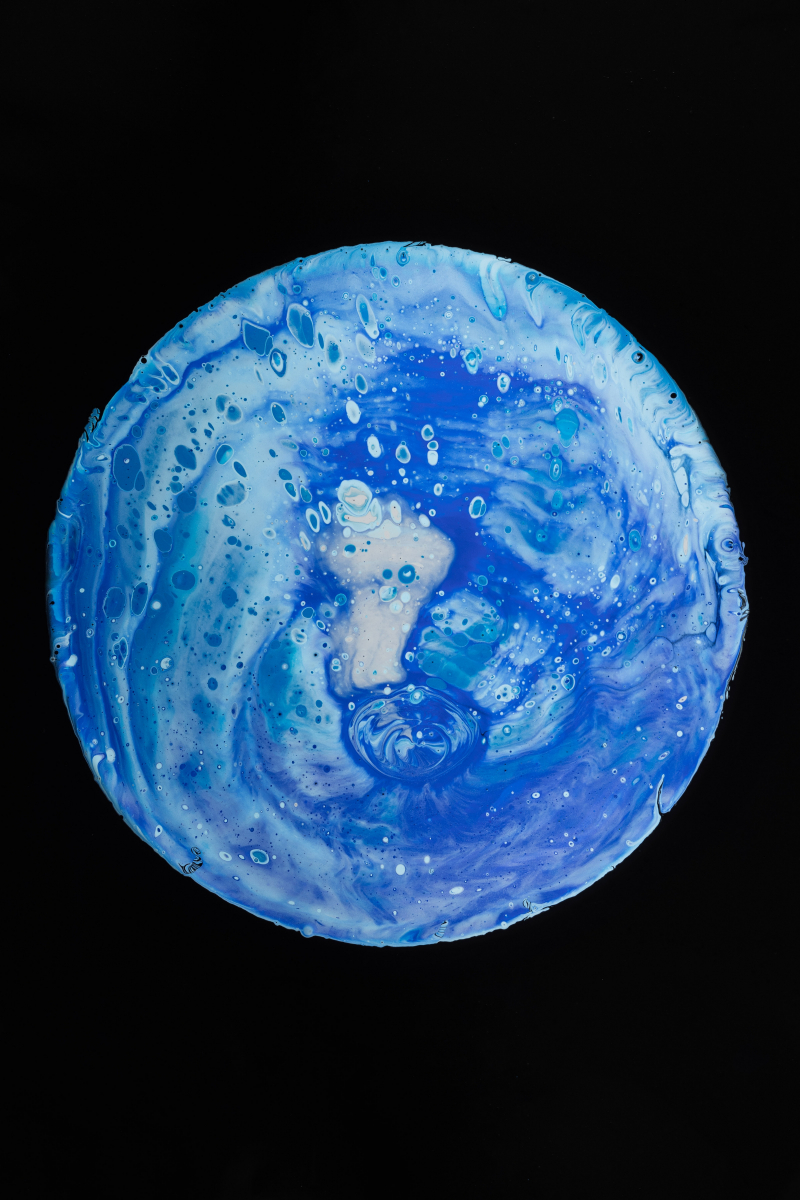Diamond Rains

If ancient gold rains aren't your thing, how about supercompressed carbon rains? It turns out that this weather's mechanism is similar to what happened on Gliese 1214B: Methane gas is broken down into carbon clumps by the friction between atmospheric forces that results in lightning. We're not just talking about a lot of insignificant particles either; rather, we're talking about pebbles that can measure up to a centimeter, or about a third of an inch.
According to Dr. Kevin Baines of the University of Madison-Wisconsin and NASA, this process results in the churching of 1,000 tons of diamonds in just the atmosphere of Saturn. It is measured in "tons" relative to Earth, even though the same rocks would obviously weigh far more on Saturn. By no means is this specific to Saturn. The presence of diamonds on Uranus and Neptune was rumored, but Jupiter's chemical makeup appears to make it the only gas giant in the solar system that lacks diamonds. It doesn't mean it has none; it merely breaks them up again very quickly in Jupiter's atmosphere.











